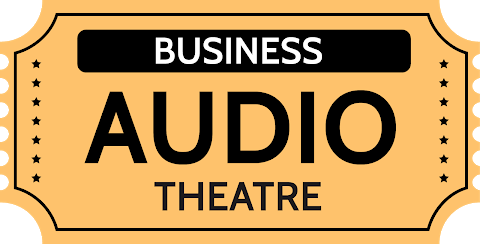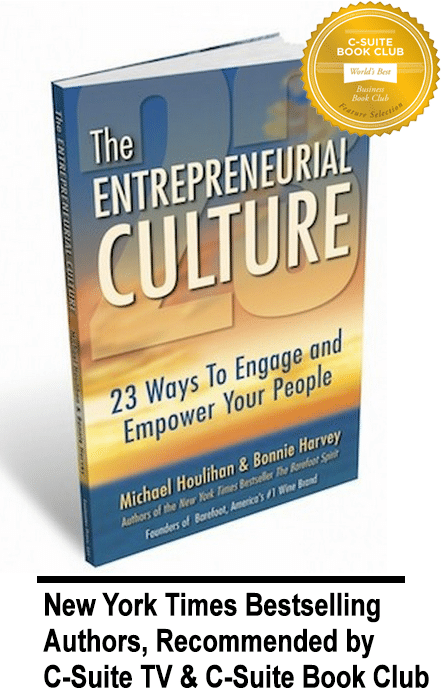
We are under considerable peer pressure to get it and get it fast. It may seem to us that the others are getting it – but are they? Or are they too faking it?
When we listen to explanations of technology or comprehensive processes with other “students,” we notice that often the basic questions go unasked. Why? Because people don’t want to appear to be the only ones in the group who looks “stupid.” Sometimes, technology presenters go directly to explaining the process without first laying a good foundation of understanding. Very few people will stop them with basic questions. But these fundamental questions not only help you better understand and utilize the presentation, but in many cases, they help the entire group.
Here are some basic questions that need answering even if the technology presenters don’t volunteer the information:
Why are we doing it? Is the applied technology solving a problem? If so, what problem? Just getting a good definition of the problem can give you the bigger picture into which you can better understand, categorize, and utilize the solution. It also helps the presenters better understand how to convey and tailor the concepts and processes.
What does it do? You likely don’t know the technology’s full capability. If you did, you may ask different and more poignant questions. Maybe it does only part of a process but the presenters may assume you understand the whole process, buzz words, etc. After all, the techies live with it and are very familiar with what it does.
What else has to happen? Many times what is being presented may be only part of the solution, requiring other applications in order to function. What are the other parts that have to work in concert to enable the user to receive the benefits?
What is the cost? The cost is not just the onetime cost, but also the monthly fees, installation cost and maintenance – not only of the application being presented, but also the costs of the associated services and applications such as hosting and special tools within the larger application. Don’t wait and be surprised by these hidden costs.
What are the meanings of the terms used? Presenters, especially the techies, will use terms that they and their colleagues are familiar with, assuming that you know their meanings. Often they will use brand names for applications without making it clear that this is one company that offers this service but there are others. Don’t be afraid to stop them and ask “Is that a company name, a service, an application, or a combo?”
What is the implementation process and lead times? It’s a good idea to know how long these things will take so you have a better idea of what gets done first, second and third. Understand the order of what has to be in place and how long it will take to get it there.
It’s OK not to know it all. It’s not OK to pretend or put on airs that you get it when you don’t. It’s OK to ask “dumb” questions. Others at the presentation will be glad you did, and so will the presenters.
Who We Are

Michael Houlihan and Bonnie Harvey co-authored the New York Times bestselling business book, The Barefoot Spirit: How Hardship, Hustle, and Heart Built America’s #1 Wine Brand. The book has been selected as recommended reading in the CEO Library for CEO Forum, the C-Suite Book Club, and numerous university classes on business and entrepreneurship. It chronicles their humble beginnings from the laundry room of a rented Sonoma County farmhouse to the board room of E&J Gallo, who ultimately acquired their brand and engaged them as brand consultants. Barefoot is now the world’s largest wine brand.
Beginning with virtually no money and no wine industry experience, they employed innovative ideas to overcome obstacles, create new markets and forge strategic alliances. They pioneered Worthy Cause Marketing and performance-based compensation. They built an internationally bestselling brand and received their industry’s “Hot Brand” award for several consecutive years.
They offer their Guiding Principles for Success (GPS) to help entrepreneurs become successful. Their book, The Entrepreneurial Culture: 23 Ways To Engage and Empower Your People, helps corporations maximize the value of their human resources.
Currently they travel the world leading workshops, trainings, & keynoting at business schools, corporations, conferences. They are regular media guests and contributors to international publications and professional journals. They are C-Suite Network Advisors & Contributing Editors. Visit their popular brand building site at www.consumerbrandbuilders.com.
To make inquiries for keynote speaking, trainings or consulting, please contact sales@thebarefootspirit.com.







